|
30th June 2021 It's a Wednesday and we're round Simon's for some gaming. Star Trekkin' across the universe, On the Starship Enterprise under Captain Kirk. Star Trekkin' across the universe, Only going forward 'cause we can't find reverse. This sort of sums up Space Base in a roundabout kind of way, a game about launching spacecraft into space, only for them to disappear into the void and never return, well except for the victory points and money they sent your way! What's in a game?
As you'd expect, all the components in Space Base are of a good quality; the player boards are sturdy and the plastic dice, while not as nice as wooden ones, are nicely rounded and roll well. The cards are also good quality, it's understandable that they were made half-width, otherwise the game would have a massive footprint! A lot of the ship cards have special or unique rules and their iconography is mostly easy to comprehend. The little acrylic cubes are colourful and distinct, while the dice have a 'cosmic' sparkly finish and the '1' result has been replaced with a rocket. The ship cards all contain a varied amount of detailed and neat, colourful illustrations of spaceships, along with their names, designations and classes, some are just palette swaps, but that's OK. It's unfortunate that these illustrations are so small though, as they tend to be overlooked. A nice touch is how the background art on the cards matches the background art for their sectors on the player board. Ship cards are also marked out in bright blue and red, while the colony cards are bright yellow and it all combines to give the game a distinct and overall, eye catching look, it's a great use of primary colours. How's it play? Setup
On to play Thematically, as the name suggests, this is a game about managing the spaceships docked at the titular space base, which I guess makes the players glorified intergalactic space traffic wardens! Collect those parking fines! In Space Base, a player's turn is broadly divided into 2 stages, rolling dice and activating cards, then buying a card.
Endgame Play progresses until a player reaches 40+ victory points, then the current round is completed so all players have had an equal number of turn. Victory point scores are tallied, highest score wins. Overall
Space Base is a bright and cheerful, well made game that at least initially, is a lot of fun to play and gives players lots of options. The idea of beginning a game with an already built up tableau is a good one, it means that the active player will always gain something on their turn and it's never wasted. It's also a fairly accessible game and the basic rules are easy to learn; roll and choose dice, activate the relevant cards and buy more cards. However, the game does become a lot more complex when more cards come into play, many cards allow the players to shift which cards are activated or purchase more cards, or have charge cube based abilities and so on, some of which can prove confusing. Being able to split or combine the dice roll when activating cards is an intriguing rule and superficially give players a couple of choices on how to play their actions and build up their tableau. Splitting the dice gives the player the option of activating cards in the 1-to-6 range twice instead of once in the 7-12 range, however, balancing means that the cards in the 7-12 are more powerful, giving greater gains. Should a player choose lower gains more often, or greater gains less often? That's the theory anyway. Let's look at how this might work in practice. The chance of rolling a 12 or double 6 is 1/36. the odds of rolling a 6 on 2 dice is 1/3, which means activating a 6 is 12 times more likely than activating a 12. However thinking about further, a 6 would activated twice when a 12 is activated, taking the ratio up to 13. Thinking about it even further, I realise that a 1+5, 2+4, 3+3, 4+2 and 5+1 give 5 more ways to activate 6, taking the ratio up to 18-1! Does the 12 sector generally gain a player 18 times the benefits of sector 6, It doesn't feel like it? I've scrutinised the manual and the developers are aware of all these odds (Although they discount a double-result as an extra activation), so it must be as designed. Why is this important? It's all to do with which cards a player deploys and how the rolled dice are used. Even taking balancing into account, it seems that deploying cards in sectors 1-6 seems much more beneficial than 7-12. Once a player has covered all first 6 sectors, it means they're guaranteed 2 actions per other player's turn, whereas there's no such guarantee of even 1 activation for sectors 7-12. Even partial coverage seems much more beneficial. It becomes more apparent when you play with more players, in a 5 player game, it'll get you 8 activations between turns! At the time of writing, we've played Space Base over half a dozen times or so and for the last few games, I've concentrated only buying cards for sectors 1-6, not worrying too much about what benefit it gives me, only looking to increase my deployed cards; and it's been more successful than not - so far! It's possible I was lucky to get the cards I wanted, but realistically half of the cards must be for sectors 1-6, so they'll generally always be available. Or it might just have be some lucky dice rolls going my way, or they didn't go well for the other players? Ultimately, it seems to be that buying and deploying cards to stack up in sectors 1-6 seems like a bit of a no-brainer decision to me, which can be bad for a board game, because if that's the case, it removes meaningful choices. Having said that, it's not something I'm 100% sure about and I'm still enjoying Space Base, I found a lot to like about it, rolling the dice and seeing what it gives you is always fun. It's a game I'm happy play again when it comes up.
0 Comments
Leave a Reply. |
AuthorI play, I paint. Archives
March 2024
Categories
All
|


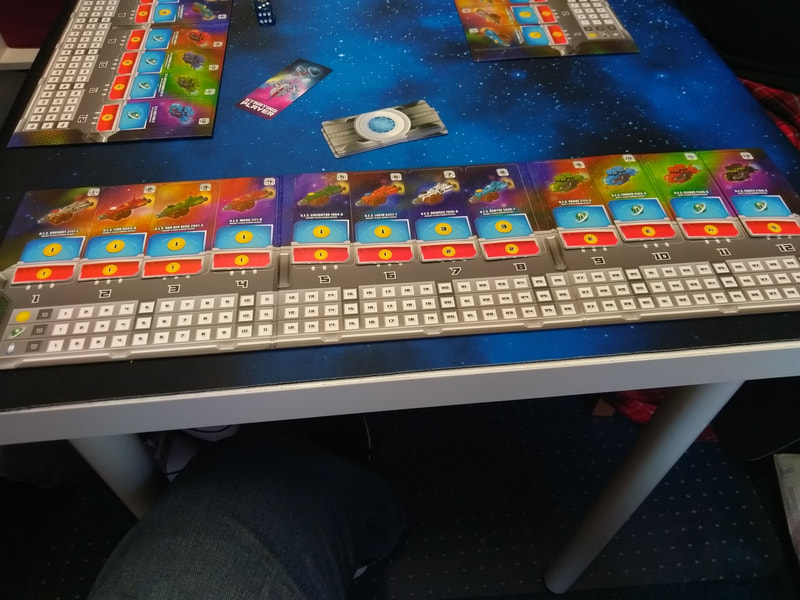
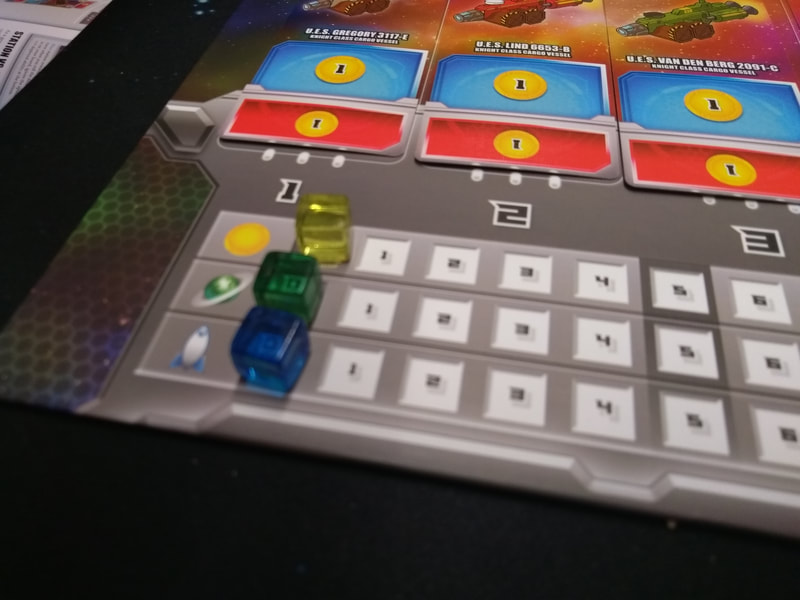
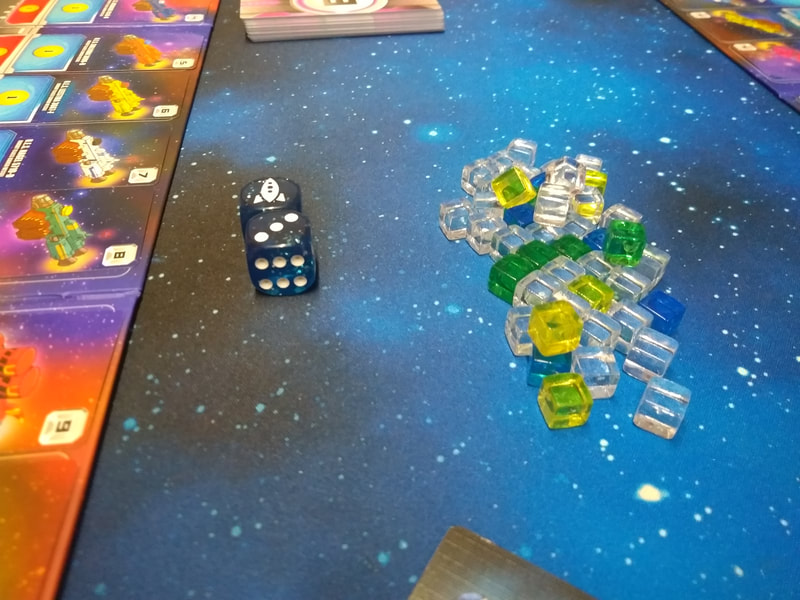
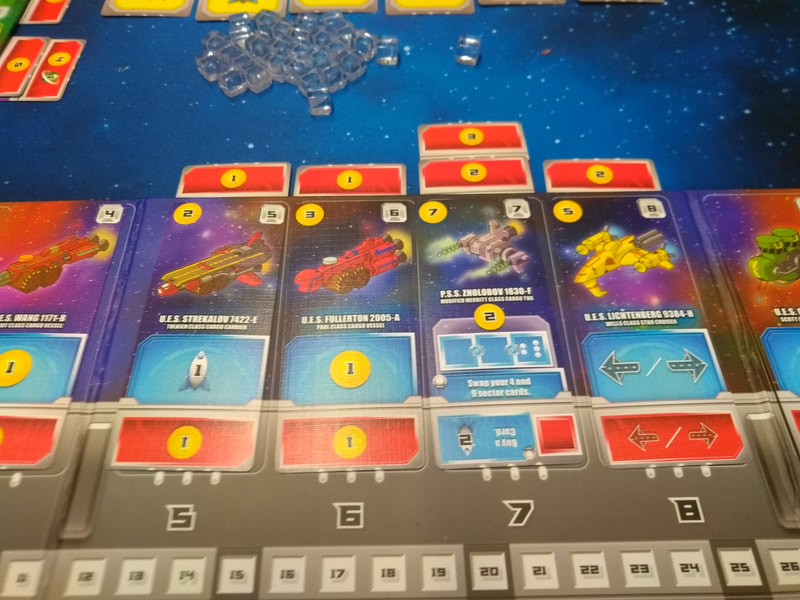
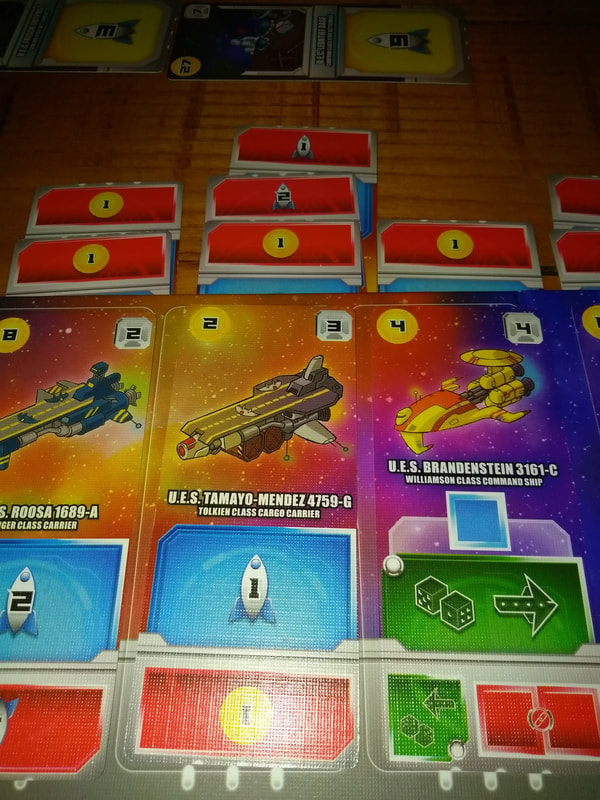
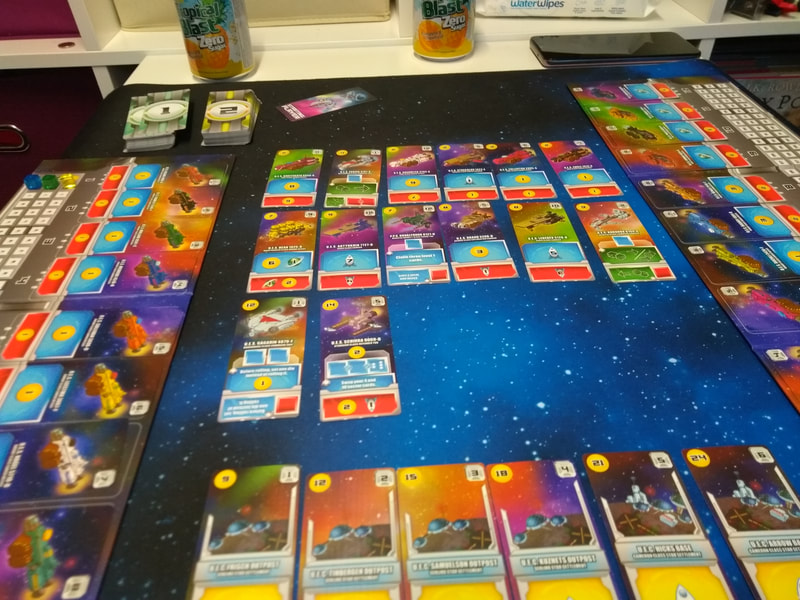
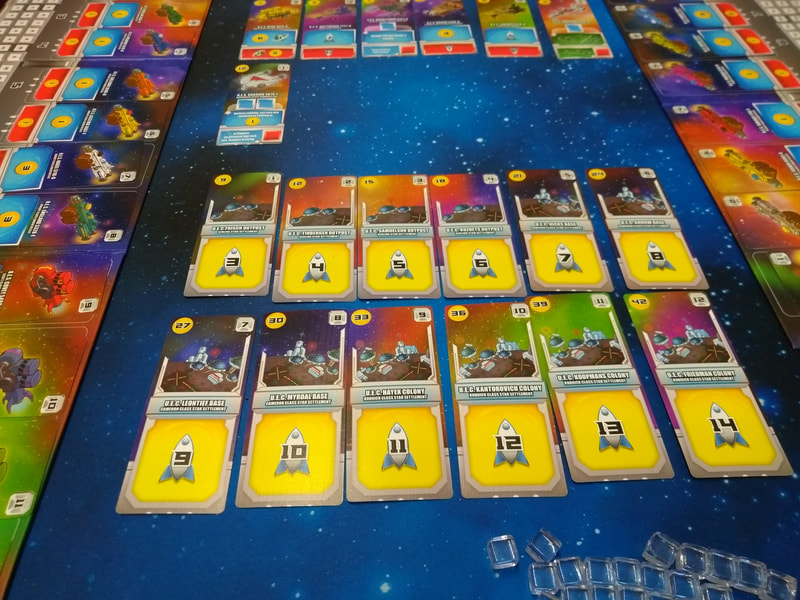
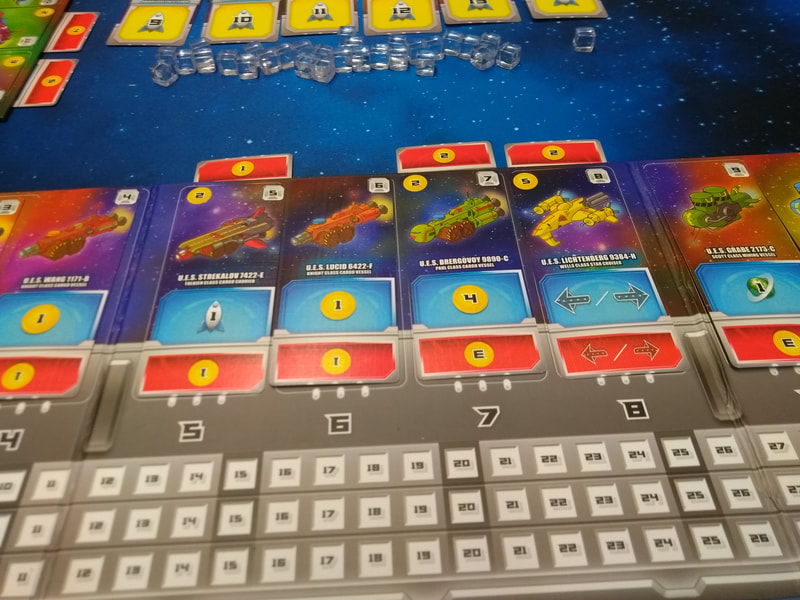
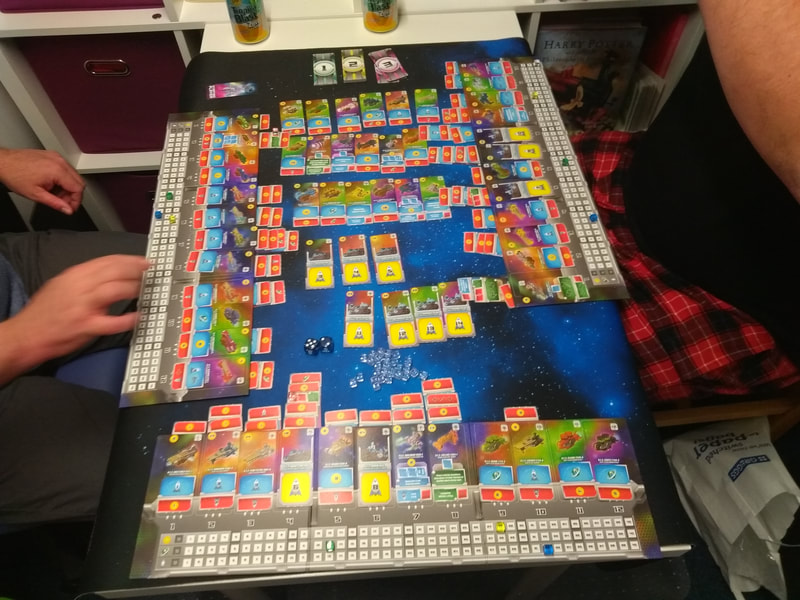
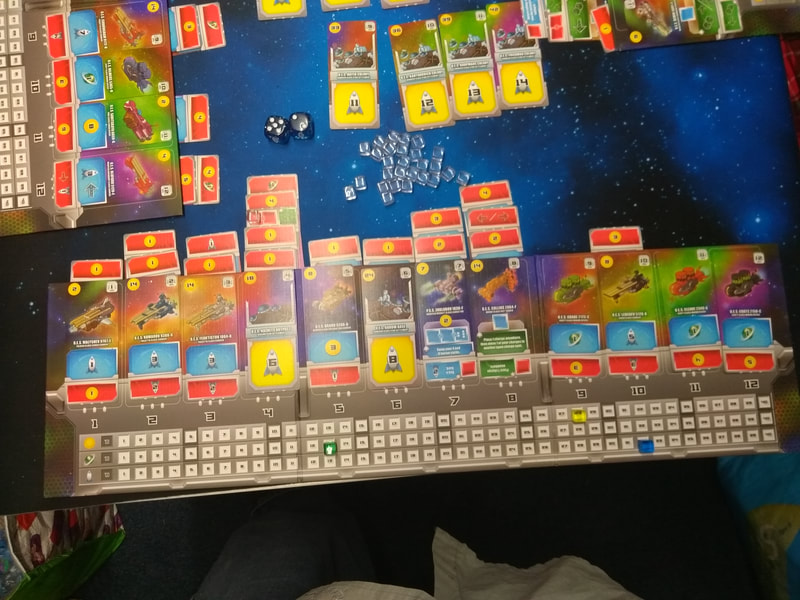
 RSS Feed
RSS Feed
